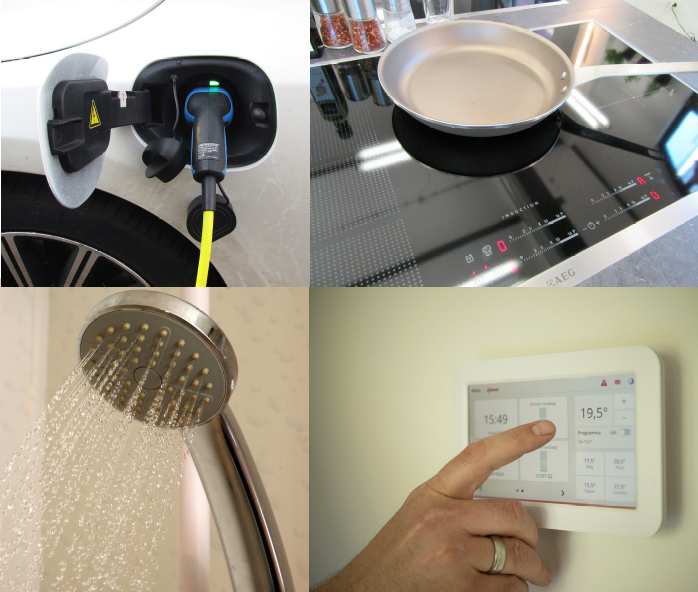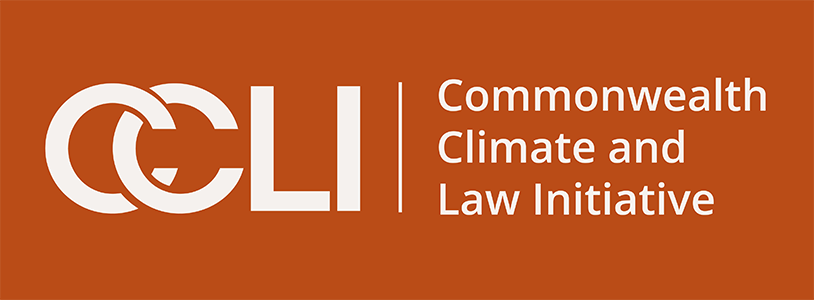
What caught our eye - three key stories (week 11, 2024)
Transition: it's not like-for-like; directors must consider nature related risks; EV charging on a neighbour's driveway?
Here are three stories that we found particularly interesting this week and why. We also give our lateral thought on each one.
Read in full by clicking on the link below.
'What caught our eye' like all of our blogs are free to read. You just need to register.
Please forward to friends, family and colleagues if you think they might find our work of value.

Thinking differently about energy: it's not like-for-like
Michael Liebreich published part 2 of his series of essays titled "Net Zero Will Be Harder Than You Think – And Easier!"
Last September we discussed part 1 in which Michael focused on the challenges in transitioning to net zero (the 'harder' bit) 👇🏾

The 'Five horsemen of the transition' as he called them are:
- Poor economics of clean solutions beyond wind, solar and batteries
- Inadequacy of our current electrical grid
- Soaring demand for critical minerals
- Political and social inertia; and
- Regulatory capture and predatory delay.
"Five formidable challenges" as he put it, that are a reflection of the here and now.
Part 2 is the 'easier' bit where he discusses the 'Five superheroes of the transition' or powerful longer term trends that will help get the world to net zero:
- Exponential growth: wind and solar together accounted for less than 1% of global power generation 20 years ago. 10 years ago it was 3% and as at the end of 2023 it was 15%. That trend is likely to continue for longer than people think, bringing costs down and bringing other efficiencies with it.
- System solutions: there will be a need for a variety of technologies to come together including demand response, interconnections, long duration storage etc. Each of these has seen strong investment and growth.
- Great power competition: supportive governments are driving competition which in turn is driving innovation and commercialisation. As Michael says "there are no longer any so-called hard-to-abate sectors. There are only some sectors in which clean solutions are not projected to undercut their fossil-based alternatives, perhaps ever." The 'no-longer-hard-to-abate sectors' will have self-fuelling momentum as a result.
- Disappearing demand: two aspects here. Firstly a big chunk of demand for fossil fuels comes from the fossil fuel industry itself (to power extraction, refining, shipping etc). Secondly, the amount of critical minerals required for the transition to clean energy technology is consistently overestimated, just as the level of battery recycling, for example, is underestimated ;and
- The primary energy fallacy: this lies in the confusion between energy in versus energy out. Primary energy demand describes how much energy stored in fossil fuels that is used to ultimately power the services we use (to heat, to transport, etc). It is about the input. However, that is a focus on input, rather than output.
Or as Michael puts it:
"The transition is not about replacing all of Primary Energy Demand with something cleaner, it just needs to deliver energy services, a vastly smaller quantum, in a clean way."
The 5th of the superheroes highlights one of the challenges with communicating and educating around the energy transition. Language is important. The primary energy discussion and phrases like 'the hydrogen economy' have their starting point as 'we have this solution that we need to find things to use it for' rather than what do we want to achieve (the output) and how do we do that with the most appropriate solution? The social media-driven compression of bandwidth has led to a sometimes oversimplification of arguments. The right balance between the fiendishly complex understanding of a topic and the devilishly simple high level understanding of a topic provides an overlap that is the zone of practical understanding - we discussed that in a Sunday Brunch.
In an electrified world, in addition to the same perceived services needing less energy input, consumers may also consume differently. It won't be like-for-like.
Link to blog 👇🏾

Legal opinion - no surprise, directors do need to consider nature related risks
The Commonwealth Climate and Law Initiative, together with Pollination, commissioned a legal opinion from a team of corporate and financial law barristers on the duties of UK company directors and the need to consider and assess nature related risks. For regular readers of our blogs, it will come as no surprise that the opinion concluded (our non lawyer wording):
- Directors must consider nature related risks under English company law
- Failure to do so could expose them to being personally liable
- If they determine that nature related risks are material, they must assess and make decisions as to what action, if any, is to be taken and document their decisions
- And perhaps most importantly - they should be disclosed in line with regulatory requirements at a minimum, and where there is an emerging market standard or investor expectation, directors should carry out voluntary disclosure.

Nothing in this opinion should come as a surprise to investors and board directors. As Jenni Ramos of the Institute points out, "this opinion is not a radical interpretation of UK company law, but a logical, authoritative and diligent elucidation of established legal principles, supported by comprehensive evidence".
This is, unsurprisingly, totally consistent with the direction of travel of the accounting standards from the IFRS, via the International Sustainability Standards Board.
The latest version, IFRS S2, is effective for annual reporting periods beginning on or after 1 January 2024. It requires an entity to "disclose information about climate-related risks and opportunities that could reasonably be expected to affect the entity’s cash flows, its access to finance or cost of capital over the short, medium or long term".
The direction of travel here is clear. Companies need to disclose information about how their business will be impacted, the likely consequences for their financial performance, and what they are doing to mitigate or prepare for these changes.
A recent report from Carbon Tracker suggests that many companies, indeed most companies, need to do more. We expect to see further pressure being placed on companies to comply, not just from sustainability professionals but from all investors.
And the risk to directors is real, as a recent blog on the action being taken against directors regarding claimed failures in relation to the construction of the Ostrołęka C coal fired power plant in Poland illustrate.
Link to blog 👇🏾

EV charging on a neighbours driveway?
A recent report from Zenith suggests that only 1 in 7 UK EV drivers use public charge points. The EVXperience Report (EVX2), which polled almost 2,800 of Zenith’s EV customers, also shows that more than two-thirds (69%) primarily rely on charging off-street at home.
The good news is that more than four-fifths (82%) of the people surveyed say they expect the charging infrastructure to improve over the next three years, suggesting “range anxiety” may decrease as the size and quality of the charging network grows.
None of this is new. The latest IEA Global EV Outlook 2023 says that "deployment of public charging infrastructure in anticipation of growth in EV sales is critical for widespread EV adoption". They point to an apparent correlation between the market penetration of EV's, and the ratio of vehicles per charging points.
With the reduction in 'range anxiety' as potential EV drivers learn more about how EV driving fits into their daily driving behaviour, the availability of public changing points, especially for those with no driveway, is becoming more important.
Which is where a service being offered by Just Park and others might have a role to play.
The concept is simple. People (and companies) with EV chargers can make them available for others to hire. As the website says, you "find a charger near you, book it for when you need it and relax knowing that you'll have an EV charger where and when you need it."

No one is claiming that this is the silver bullet, but the more options we have, the better.
There is also an argument that as EV uptake increases, the contribution of solar to our electricity generation mix rises, and electricity utilities roll out differentiated pricing, we may see more drivers charging at work. Remember, in many places the marginal cost of solar electricity generation in the middle of the day is very cheap.
So why not incentivise charging then?
Link to blog 👇🏾

Something a little more bespoke?
Get in touch if there is a particular topic you would like us to write on. Just for you.
Contact us
Please read: important legal stuff.


